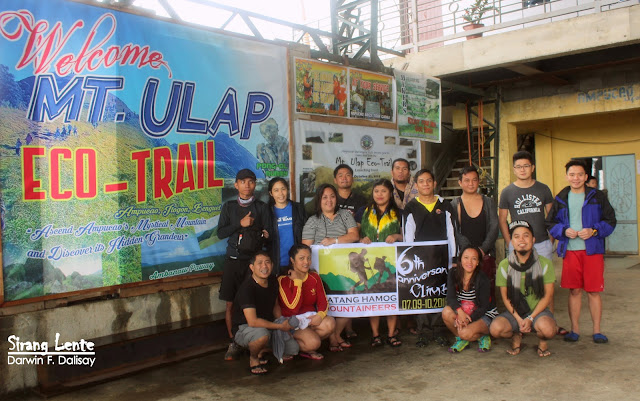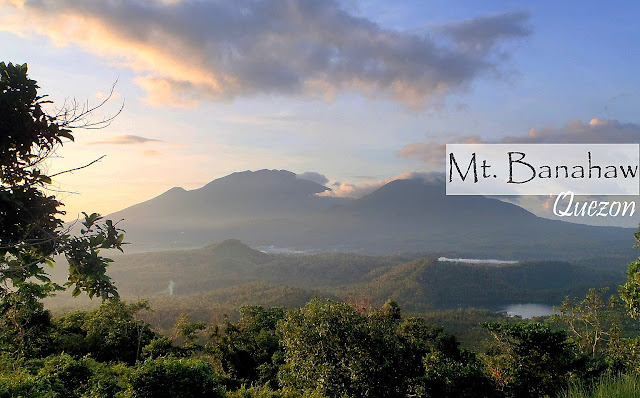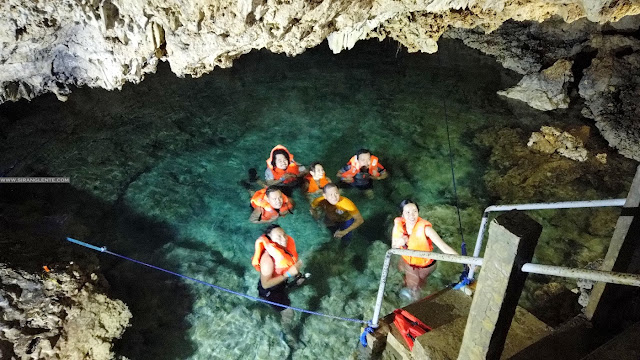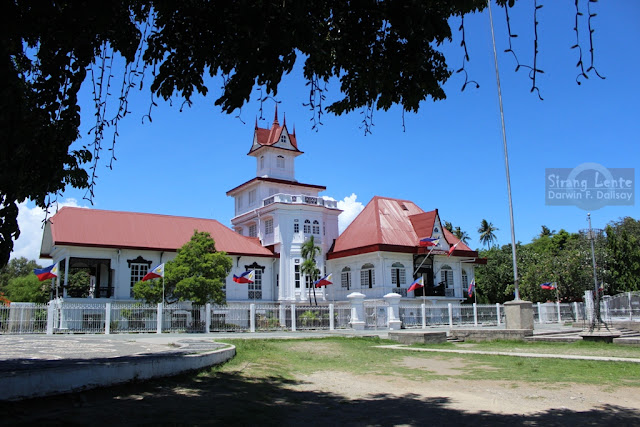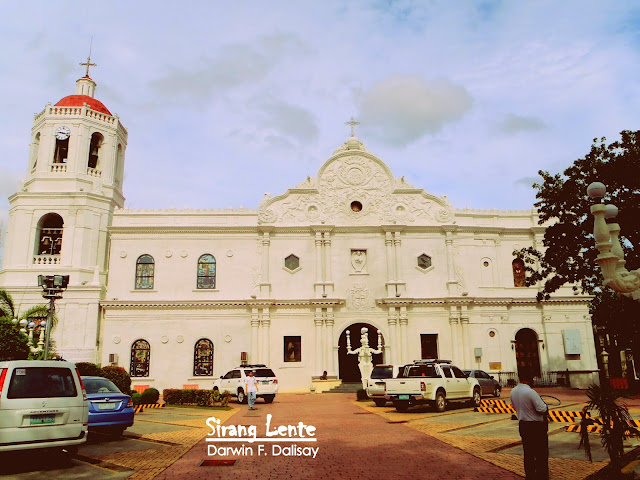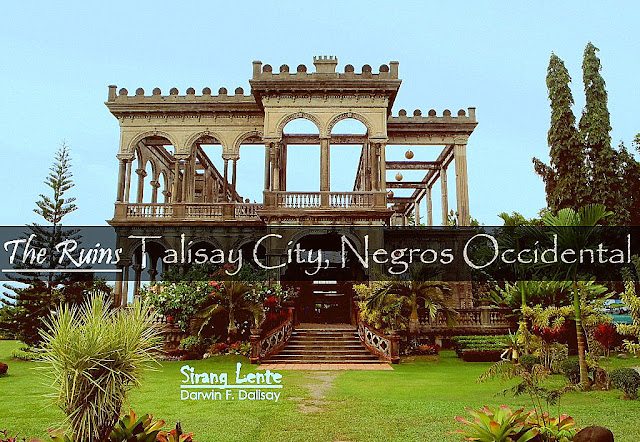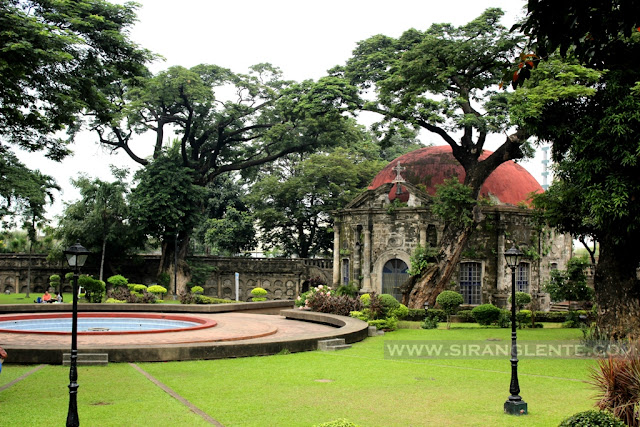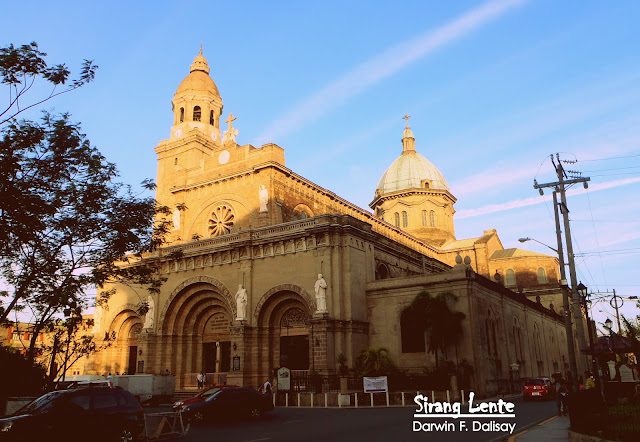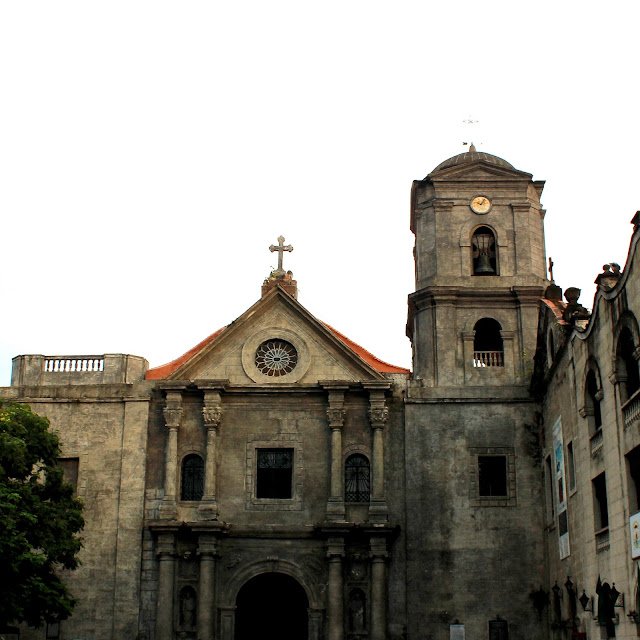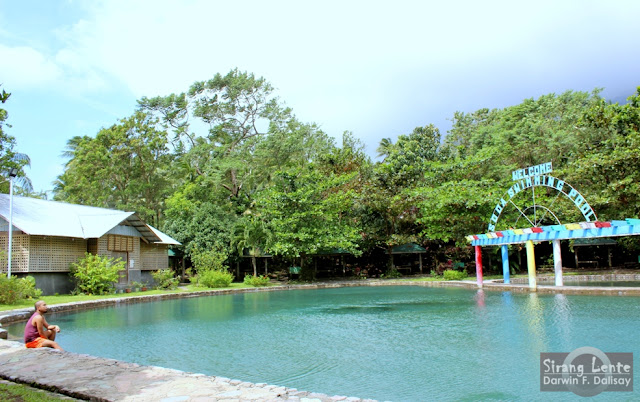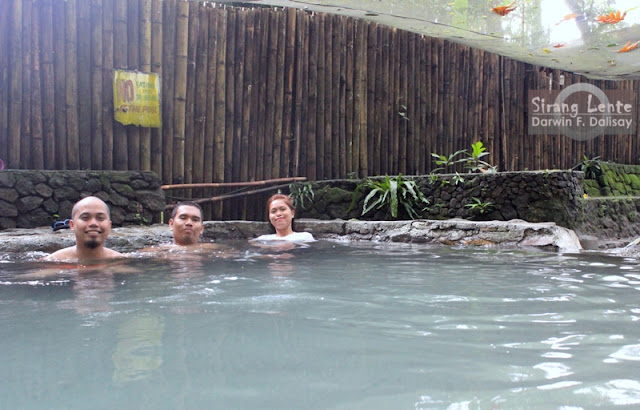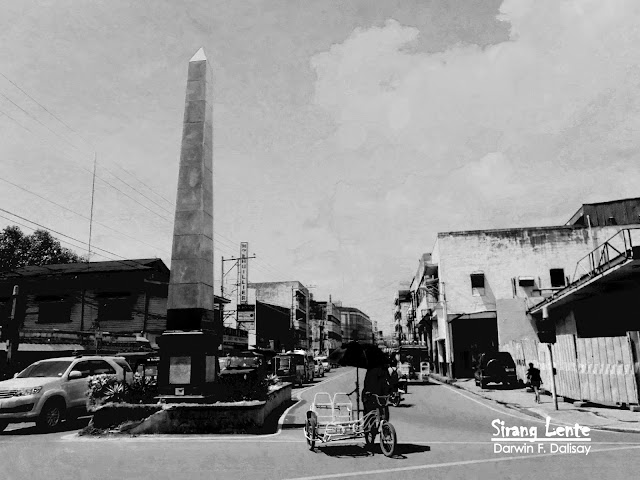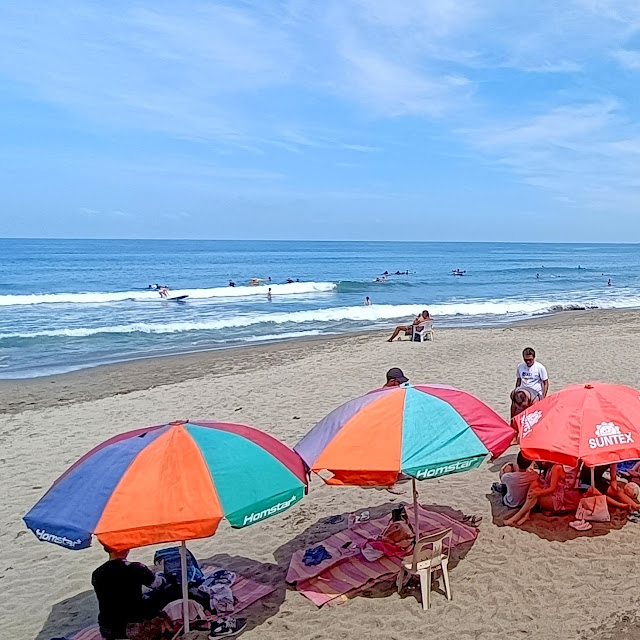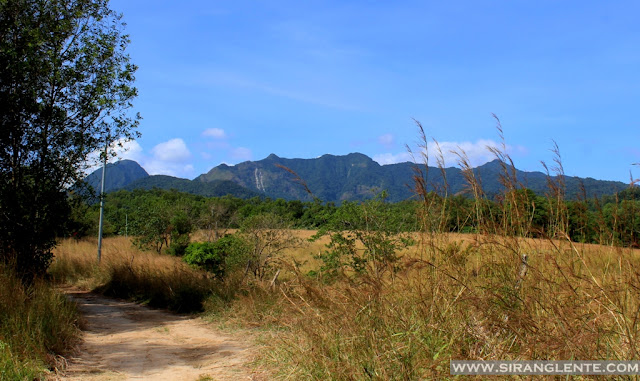
This mountain has a good combination of breathtaking beauty, an elegant skyline, cool and temperate weather, and abundant flora and fauna, making it one of the hiker's top destinations in Bataan. By the way, it was my first major hike, and after five years, I am here again. Our journey is totally different because last time, it was the wet season, and this time, it was super dry.

